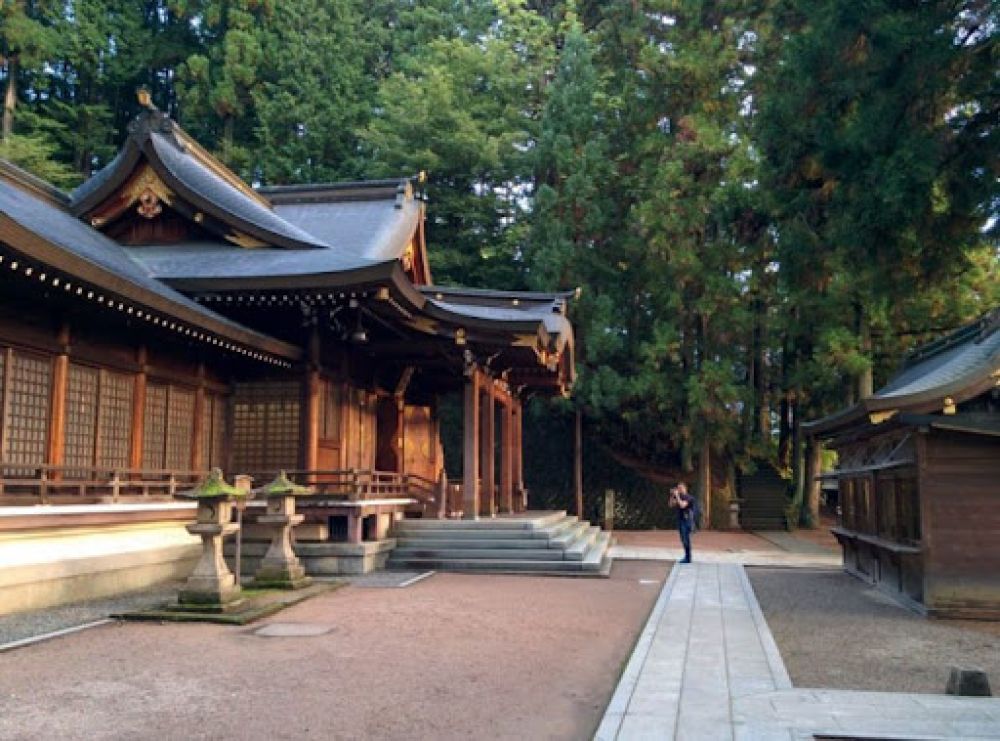

The Sakurayama Hachimangu Shrine is one of the most prominent historical sites in Takayama, Japan. It was established during the Kamakura Period, which lasted from 1185 to 1333. The shrine is dedicated to the god of war, Hachiman, and has long been revered by the samurai class. With its rich history tied to the feudal era, the shrine has been an important religious and cultural site over the centuries.
Over time, Sakurayama Hachimangu became integral to the local community, playing a key role in the annual Takayama Festival. This festival, considered one of Japan's three most beautiful, features elaborate floats that are paraded through the streets, attracting visitors from all over the world.
Tourism at Sakurayama Hachimangu began to flourish significantly in the late 19th to early 20th centuries as travel became more accessible. The shrine's charm and the traditional character of Takayama's old town contribute to its popularity. When Japan opened up to international travel in the 20th century, the shrine's rich cultural offerings made it an attractive destination for global tourists.
Recently, there has been a focus on sustainable and experiential tourism within Japan. Visitors to Sakurayama Hachimangu Shrine are not only interested in the historical aspect but also seek a deeper understanding and connection with Japanese culture and traditions.
One of the latest trends in tourism at Sakurayama Hachimangu is the increase in cultural workshops and activities, such as yatai float craftsmanship demonstrations, traditional music performances, and Shinto rituals, which provide deeper insights into Japanese heritage and the significance of the shrine.
Additionally, as travelers become more digitally savvy, virtual tours and online resources about the shrine have also become more popular, catering to those unable to travel due to global circumstances or those planning future visits.
When visiting Sakurayama Hachimangu Shrine, tourists usually combine their trips with the exploration of Takayama's historical town, sampling regional cuisine, and exploring nearby attractions such as the Hida Folk Village. The blend of history, culture, and natural beauty around the shrine ensures a rich and memorable experience for all visitors.